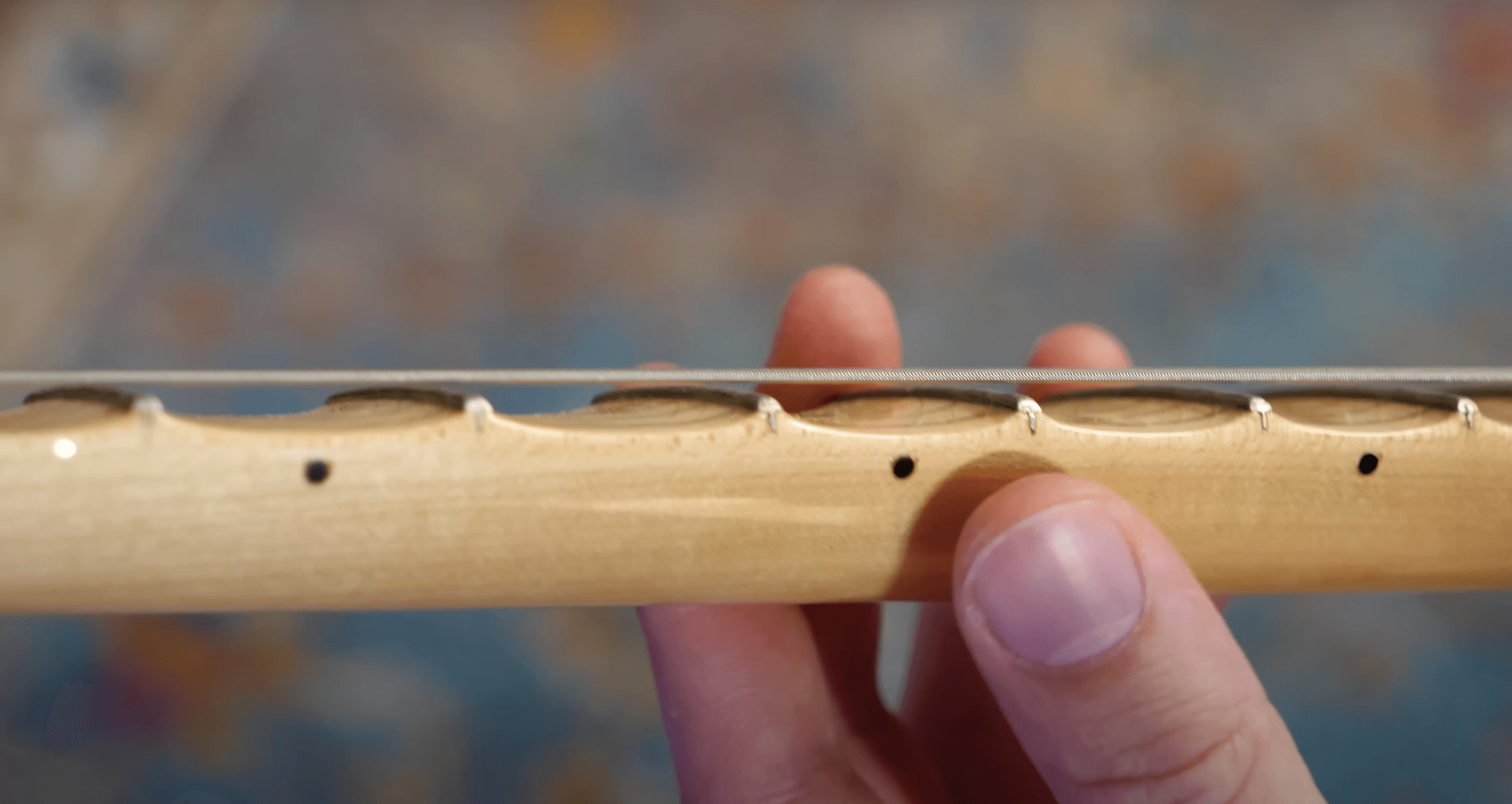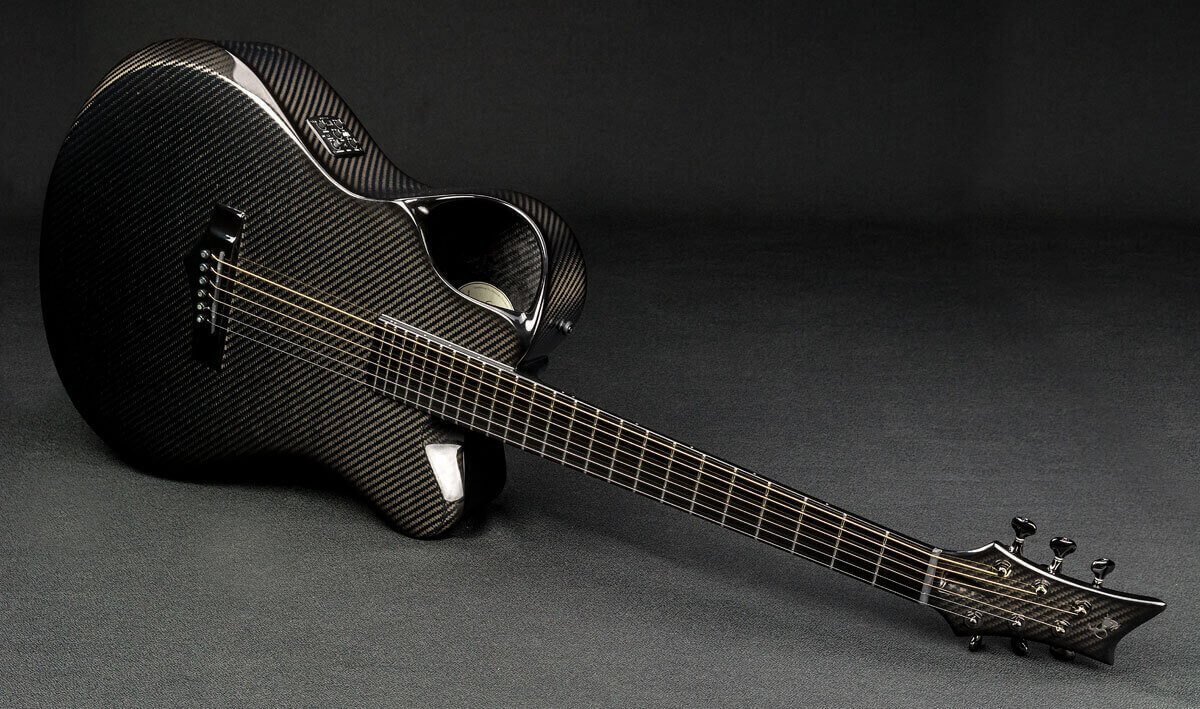Many people have this question when they start learning to play, do you strum all the strings on a guitar?
If someone would’ve asked me this question when I was just starting to learn, I would have honestly answered it all wrong.
The thing is, the answer is very simple, but at the same time it might not be so clear at first.
We also make it more complicated than it actually is when we are beginners.
Let’s talk about it!
Table of Contents
- Do you strum all the strings on a guitar?
- How to properly strum the guitar as a beginner?
- What are some of the best tips for strumming a guitar?
- Have the right finger position / hold your pick correctly
- Do not be too tense
- Try focusing on your strumming hand only
- Mute the strings if necessary
- Use a metronome
- Do not be afraid of breaking a string
- If you’re strumming without a pick then make sure to read about calluses
- Start working on coordination
- Do not play too fast at first
- Conclusion
Do you strum all the strings on a guitar?
No, you don’t strum all the strings on a guitar at once, generally, you are supposed to do it from the bass note of the chord down to the first string. Though there might be some exceptions, depending on what chord you are playing or even what key, some other strings might also have to be muted.
Now…
Make sure that you keep reading if you want to know more about strumming your guitar the right way and other things that will actually be useful to you as a guitar player, like learning to hold your pick correctly.
Feel free to argue with me here but…
I think the more you work on the perfect strumming and the more pressure you take to do it perfectly, the less you become a pro at it.
I’ll explain myself…
Strumming, in my opinion, is all about rhythm and how the guitarist interprets the song or melody. It is a great way to shine and be creative!
That’s why I think we shouldn’t force it.
On the other hand, just like I mentioned before…
If you strum all the strings without having in mind the chords that you are playing and the notes that you must be hitting, you will make it sound like a total mess.
But…
How do you do this properly?
How to properly strum the guitar as a beginner?
First things first, let’s have a look at how to strum the right strings.
For me personally, my wrist and arm position plays a significant role in how accurately I do it.
What I did to get better at it was that I started by doing it very slowly and as soon as I started seeing some progress, I kept on increasing my speed.
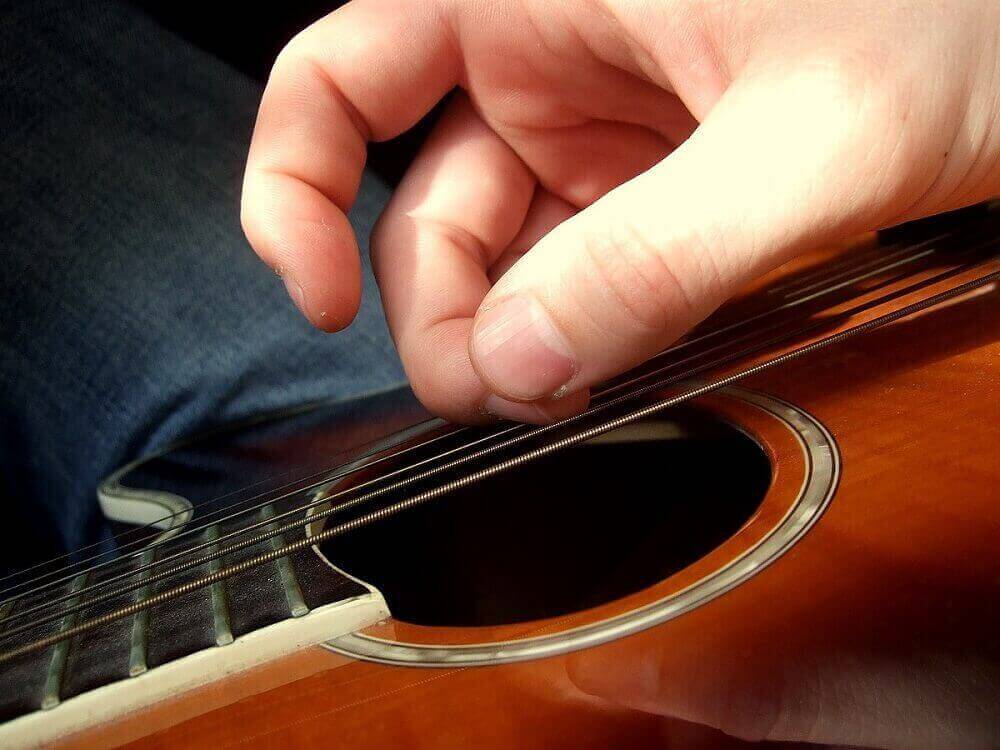
Image Source: David Masters | Flickr.com
Now…
Whether you have or don’t have a pick will really influence how you strum your guitar.
Usually, with a pick, you will have more control over the strings you hit, but at the same time, when you play with just your fingers, with the right technique, you can still manage to never play the wrong notes.
As I said before…
Your wrist is very important, but there is not really anything I could tell you that will help you that much.
Just make sure that you keep your right arm align with your wrist, and that you are using your forearm to support your entire position.
With time, you will notice that all this will come naturally the more you develop muscle memory.
Which essentially is:
A form of procedural memory that involves consolidating a specific motor task into memory through repetition.
In other words, the more you do it, the better you get at it.
How do you know what strings to hit and when to do it?
The answer to this question is not as simple as people make it seem, but also not as hard as some others make it seem.
A great start would be to learn the notes on the fretboard or at least be able to know where the root note of each chord is.

Simplifyingtheory.com | Guitar Notes
As you can see, the open strings of a guitar with standard tuning are E, A, D, G, B, E.
That alone with tell us a lot in the next sessions of this article.
But let’s see a few examples first!
Playing an A minor chord
Let’s say we want to play an A minor chord.
You would simply have to strum from the A string (5th) down to the E string (1st) since the root note of that chord is A.
Why can we not play the 6th string?
You can, but it is never going to sound right with this chord, especially if you are not playing with a bassist and those low notes in your guitar make more of an impact in your sound.
The bass notes of the guitar are quite low, so playing two notes a fourth apart can sound rather muddy.
That’s what some users on Music Stack Exchange had to say to a similar question named “Why one shouldn’t play the 6th string of an A chord on guitar?“.
They have really good answers in that post, so if you want further opinions on that, you should definitely check it out.
Pro Tip: I encourage you to download an app called Guitar Tuna.
Aside from being one of the most popular tuning apps in the world, it has a tool called “Chord Library” that could help you tremendously.
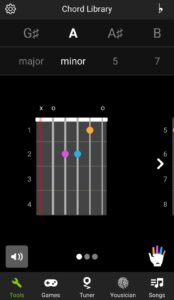
As you can see from the image above, their chord library will have a guitar fretboard showing you where to put your fingers, which finger goes where, and also what the chord should sound like.
If you pay close attention to the image, you will see that for an A minor chord, the 6th string is red. That means that you are not supposed to hit that string for this specific chord.
The two Os at the top simply means that those particular strings will be played open, meaning you do not have to be pressing any frets at all.
Playing an E major chord
If you are playing an E major chord, the root note would be E, so you would strum every string on the guitar.
This time, the 6th string will have to be played!
As you start learning more and more about guitars, you will also start to learn that some chords require you to not play certain strings aside from either the 6th or 5th examples that we just covered.
You will notice that this “theory” of playing from the root note down to the first string does not apply to every single instance, so just have that in mind for the future.
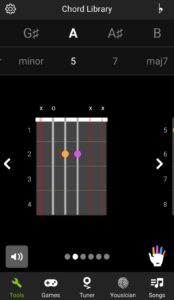
As you can see, when you play an A5 chord, you should only hit three strings out of the six that a guitar has.
But…
As of right now, what we were saying before should do the trick for most beginners learning to play simple chords.
What are some of the best tips for strumming a guitar?
Here are some useful tips and techniques for strumming the guitar that I have found very useful throughout the years:
-
Have the right finger position / hold your pick correctly
If you are using a pick, make sure that you are holding the pick right in the first place.
You want to have a good grip, but at the same time, you do not want to be putting too much pressure on it.
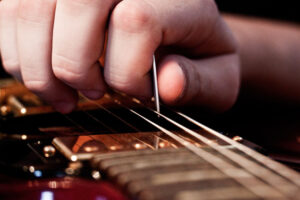
Stephen Klein | Flickr.com
On the other hand, if you are using just your fingers, you should use either your thumb fingertip and your index nail for downstrokes, and either your index fingertip or your thumbnail for upstrokes.
Notice how changing between using your nails and your fingertips will make your guitar sound slightly different.
This will be great for you to play with dynamics and make your playing more interesting.
-
Do not be too tense
When you’re strumming your guitar you want to relax your hand.
Make sure that your wrist is not tense and that you are following the tempo at all times.
Strumming should not be too technical, but it should always be on time with every element of a song.

If it helps, think about it this way:
Imagine that you have something glued to your hand and that the only way of taking it off is to shake your hand in the air.
Now, mimic that same relaxation and movement accordingly whenever you are strumming.
That right there helped me a lot when I was starting!
-
Try focusing on your strumming hand only
At first, you should be focusing on your strumming hand only; focusing on both hands will make you feel overwhelmed.
If you have basic knowledge of chords, just pick one or two chords progressions that you are very comfortable with, and start working on your strumming hand.
Tip: If it helps, just play only one chord throughout the entire exercise.
You should work on staying on tempo, making the right stroke every time.

What I used to do, was that if I messed up at some point, I would start the whole thing from the beginning.
Do it as many times as possible until you cannot get it wrong.
-
Mute the strings if necessary
Just like we mentioned before, only focusing on your strumming hand will make it easier for you.
But, what if you simply do not feel very comfortable at all when you do it while playing chords?
This is the perfect opportunity for you to just mute the strings.

Just like in the image above, you should just place your hand in a way that all the strings are muted and unable to make a sound.
After this, it is just about practicing and slowly starting to incorporate chords, etc.
-
Use a metronome
Using a metronome is something that should never be ignored when you are starting to learn to play the guitar.
A metronome will always be your friend, even after you acquire a great level of comfort when playing your instrument.
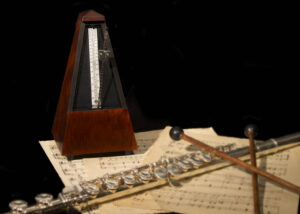
The way that I used a metronome back when I was trying to learn to strum my guitar, was that I used to put it very slowly, and made sure that I was comfortable with that certain tempo before I started to speed it up.
Now…
You do not have to go out of your way to buy a physical metronome when there are so many alternatives available for you out there.
For instance, Google will provide you with a metronome whenever you type that same keyword into their search bar.

As you can see, you will be able to put it as slow as you want by just pressing the plus or minus buttons.
Aside from that, if you were following what we said before and installed Guitar Tuna, you already have a metronome.
When you go to the Tools tab, there will be a metronome available for you to use for free.
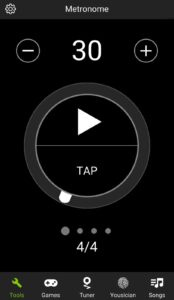
And just like any metronome, you will be able to set it up at whatever speed you want to start practicing on.
Now, also:
-
Do not be afraid of breaking a string
This was my personal struggle and I think that many other people can relate to this as well.
I was so afraid of breaking a string that I barely touched the strings when I was strumming.
You need to be self-aware of this and try to make sure that they are sounding and that you are putting enough force in your strumming.
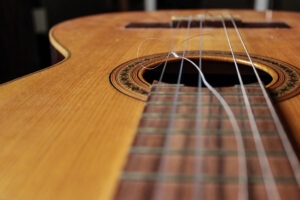
If you want to hit every string, make sure that you do so with the appropriate force.
At the same time, though, do not go too hard on them because they can eventually break.
So, try to find a balance!
This is why starting slowly is very important since you can focus and concentrate on these things.
-
If you’re strumming without a pick then make sure to read about calluses
Calluses are:
Thickened layers of skin, often on the hands or feet, where friction repeatedly occurs.
In other words, if you practice and play too much guitar, your hands will eventually start hurting and you will develop calluses.
Just like when you go to the gym and get them on your hand palm, this time, they will be on your fingertips.
This is far from being something bad since they will help you reduce the pain when you play the guitar, but you also want to make sure you know when it’s safe to stop playing and take a break until the next day.
With time, you will eventually get used to this, and will no longer have to stop so much because your fingers hurt.
-
Start working on coordination
Hand coordination is very important.
Just after you start speeding up the tempo on your metronome, you also want to make sure that both of your hands are always coordinating with each other.
Meaning, that changing from one chord to the other sometimes will require your strumming hand to also do something different from the strumming pattern that you are using at that certain moment.
It is very strange to explain it without a guitar, but just take a look at this video and watch how he sometimes does a double downstroke when changing to another chord.
There are many ways to change to another chord, but in the end, it will always require both of your hands to be on tempo and coordinated.
-
Do not play too fast at first
As we even said earlier, do not go too fast at first.
You want to be as slow as possible so that you can pay attention to what exactly is that you are doing.
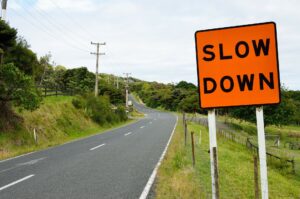
With the help of the metronome, make sure that you start very slow and progressively start increasing your speed.
If you feel like you have not mastered a certain tempo, just stay there until, like I always say, you can’t get it wrong anymore.
Were these tips enough for you?
If not, I encourage you to watch this YouTube video called “7 Tips For Faster Strumming” :
He talks about many of his best strategies for faster strumming, and how to get better at it.
One of the main things that he said that we agree with is that you should always try to relax.
Just like we mentioned before, this will help you free the tension on your wrist and arm, which essentially helps you strum your guitar in a better way.
If you are a beginner, I encourage you to also watch this other video by Guitareo, in which he talks about how to strum the guitar and some of the basics things that you need to have in mind when starting.
He talks about holding a pick, and even the best posture that you should be having when strumming.
It’s worth watching if you want to know what a bad posture looks like, and how to correct it.
Conclusion
Make sure to use whatever we talked about as I guide, but always remember that strumming is all about you, and however you want to do it.
You should not force yourself to do it a certain way, rather follow your own instinct.
Just like that, you will see that you will be much happier with the results and will create your own style eventually.
On the other hand, though, make sure that you maintain good form all the time.

Dad, husband, son, and guitarist. I’ve been playing guitar for 20 years. Passion for writing, painting, and photography. I love exploring nature, and spending time with my family. Currently have a Gretsch G5220 Electric Guitar as my main instrument.


